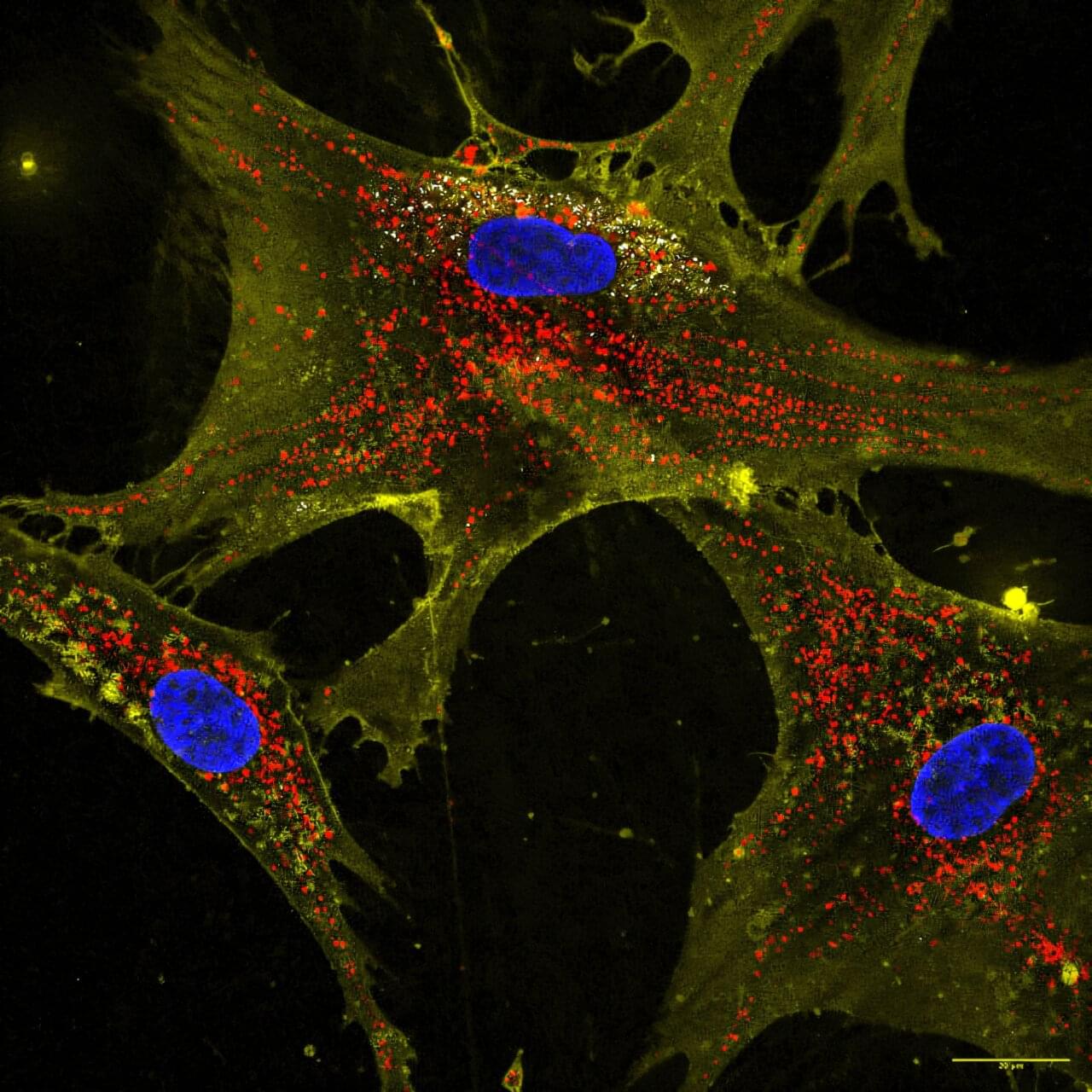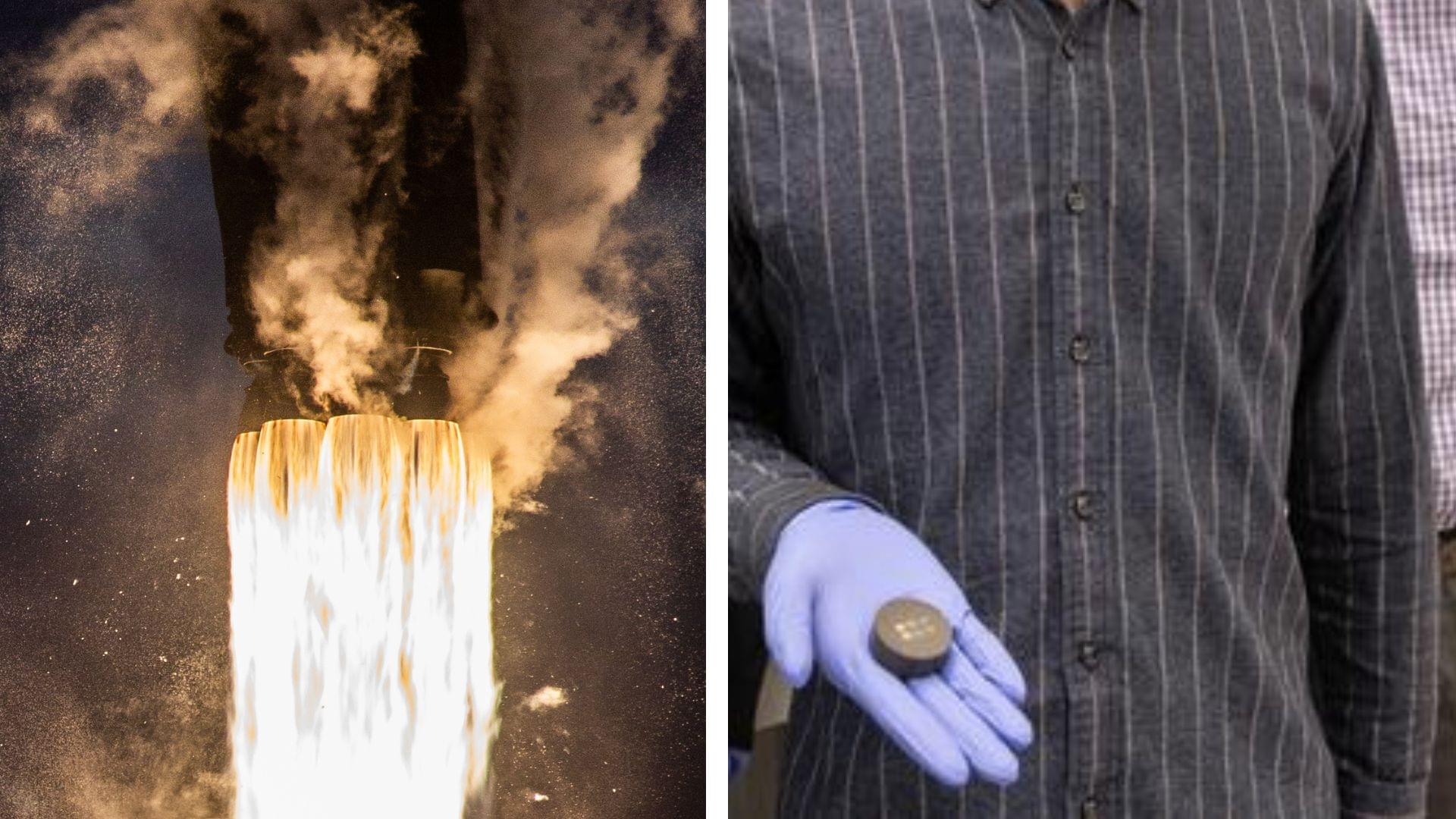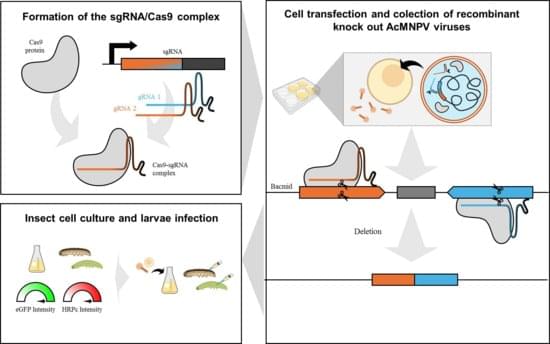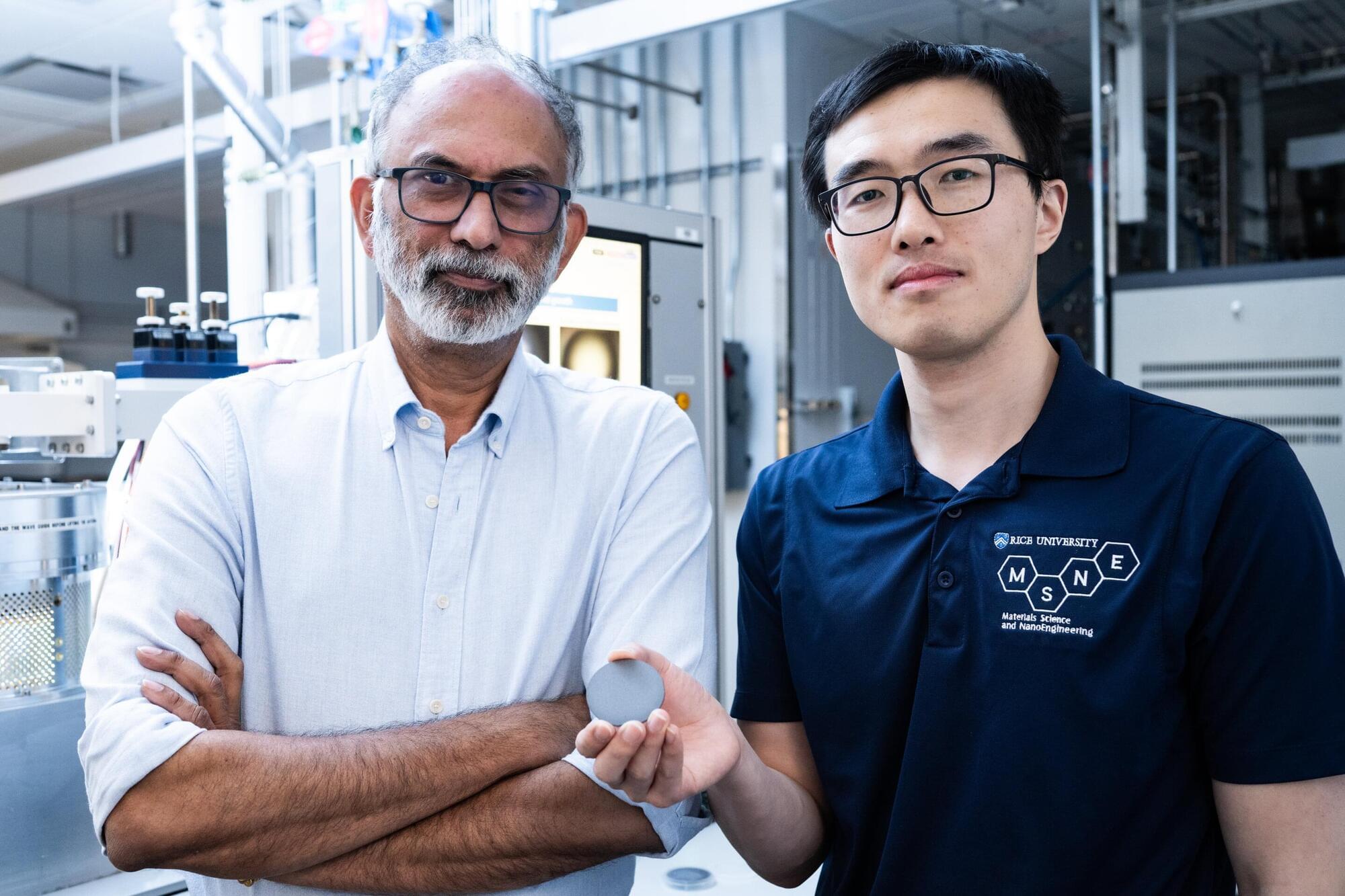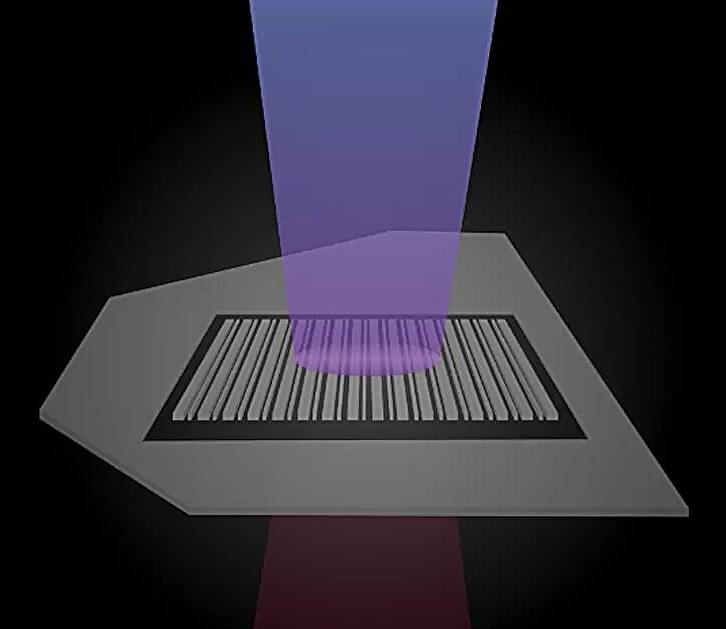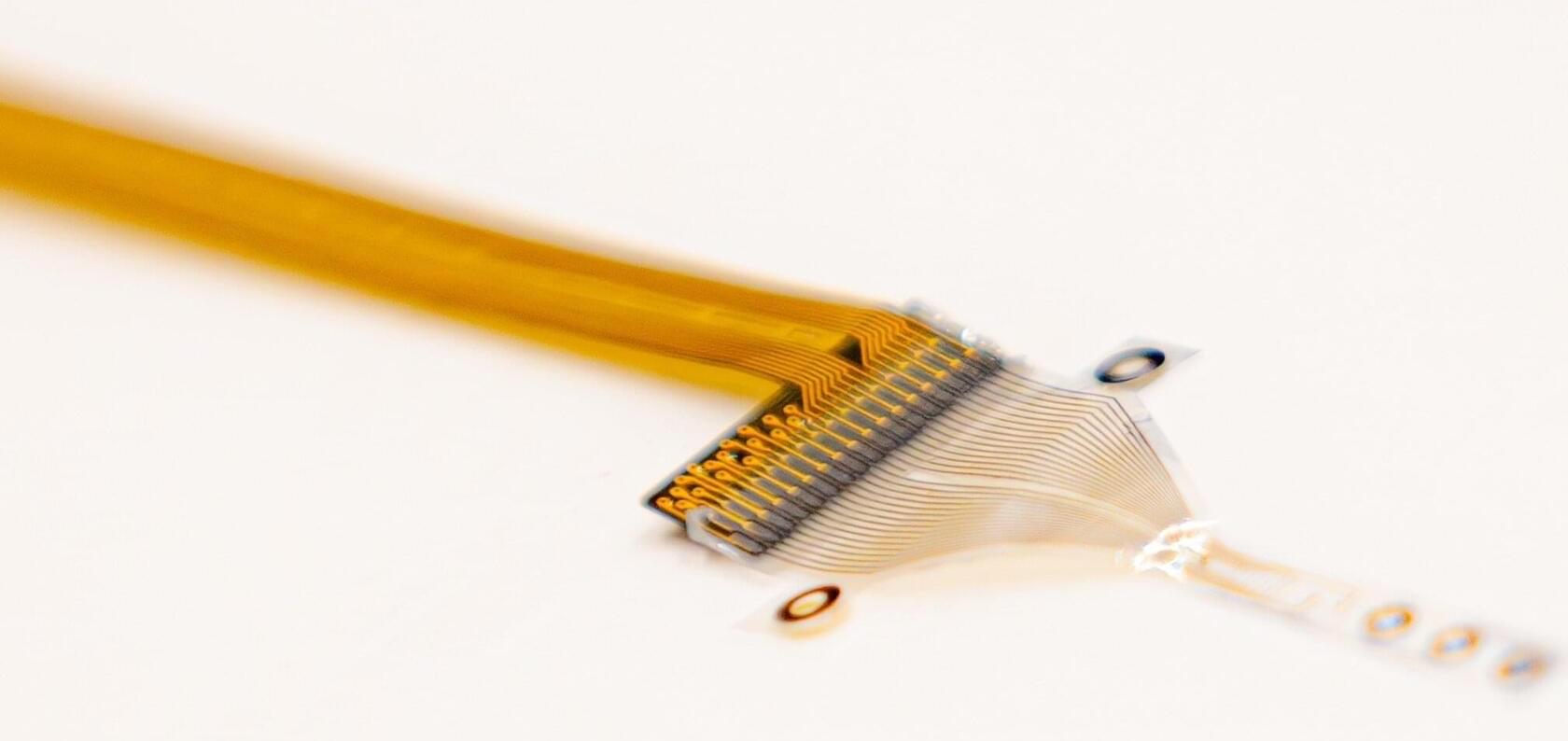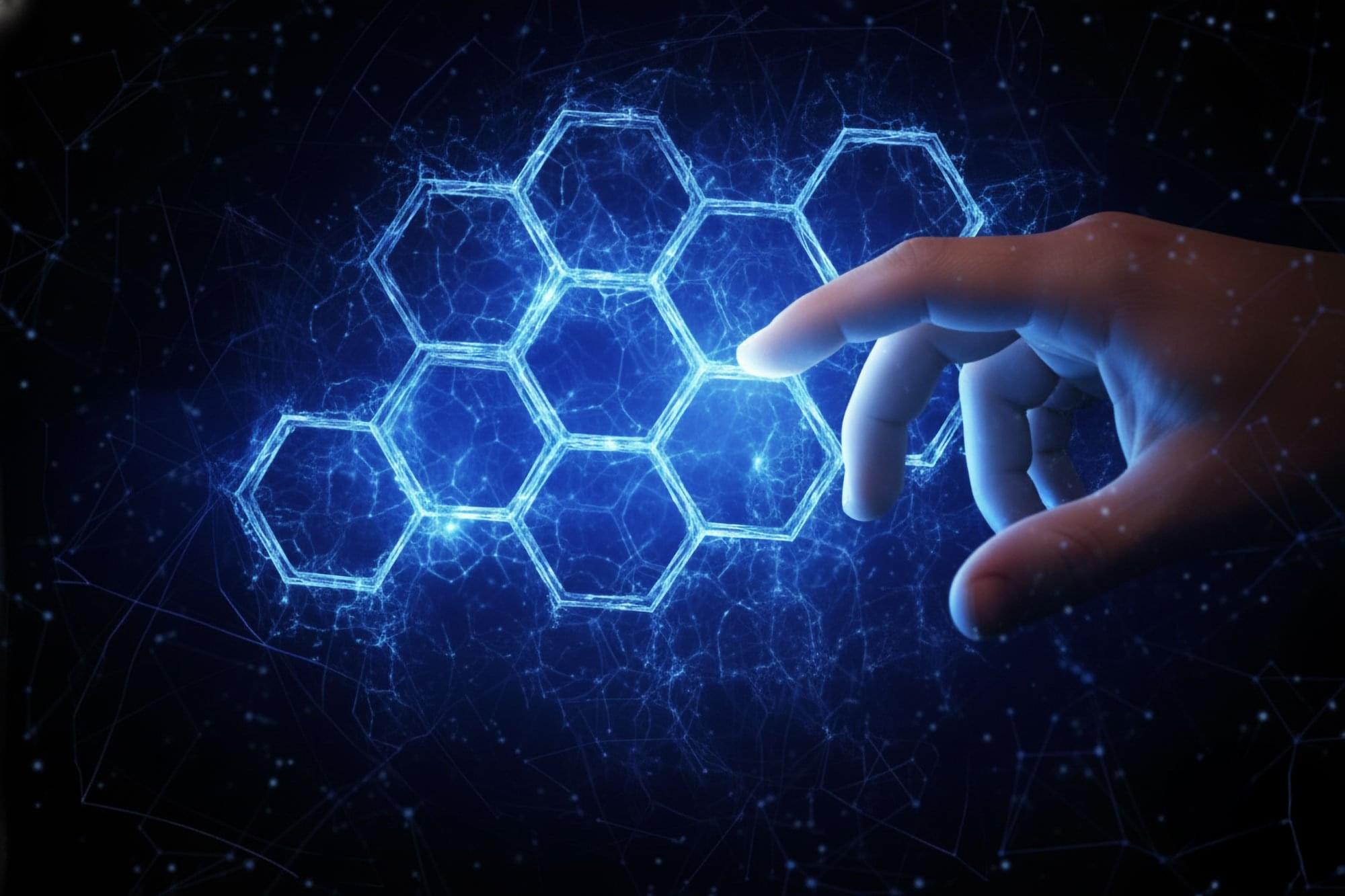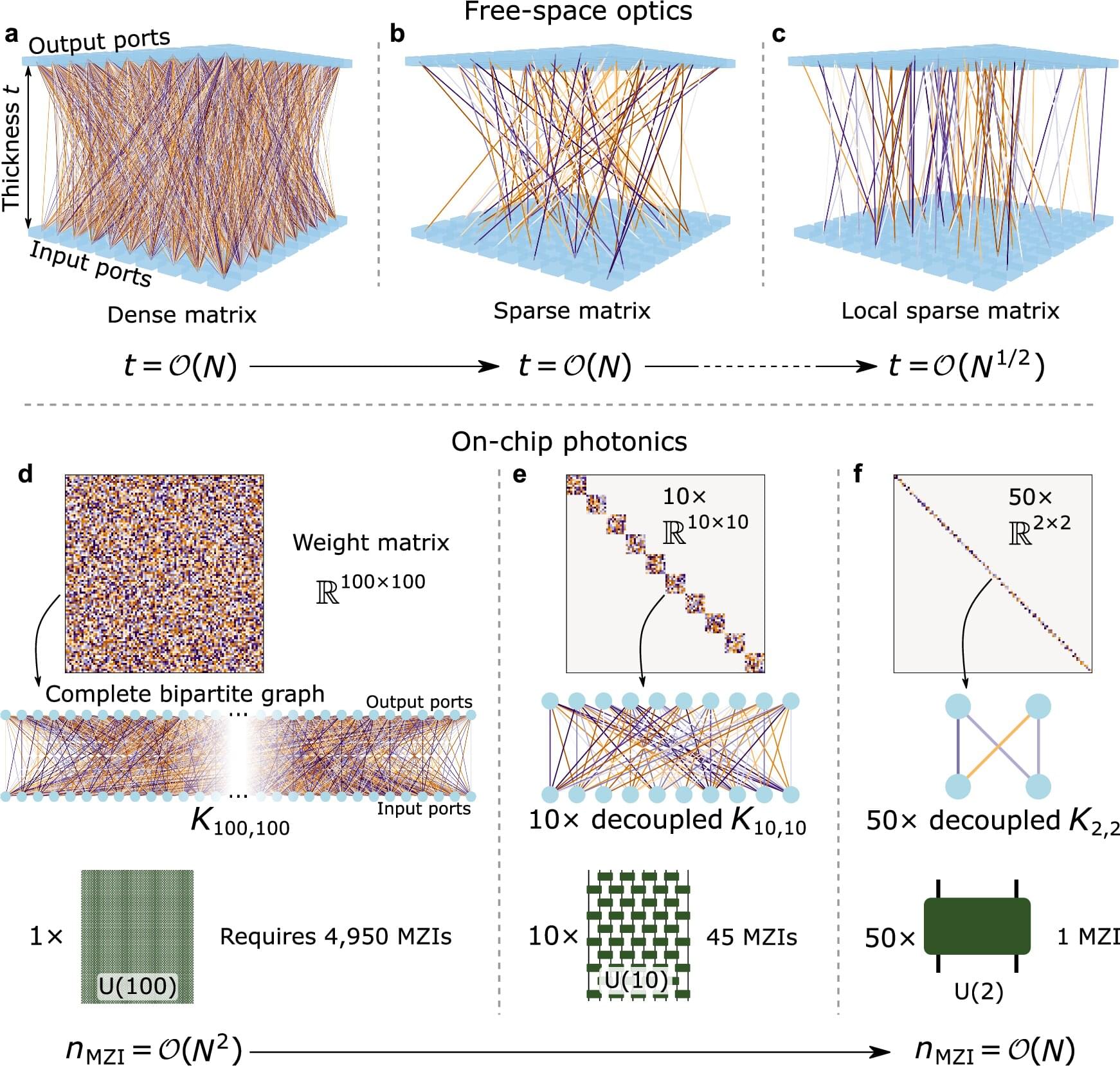Biomedical researchers at Texas A&M University may have discovered a way to stop or even reverse the decline of cellular energy production—a finding that could have revolutionary effects across medicine.
Dr. Akhilesh K. Gaharwar and Ph.D. student John Soukar, along with their fellow researchers from the Department of Biomedical Engineering, have developed a new method to give damaged cells new mitochondria, returning energy output to its previous levels and dramatically increasing cell health.
Mitochondrial decline is linked to aging, heart disease and neurodegenerative disorders. Enhancing the body’s natural ability to replace worn-out mitochondria could fight all of them.
